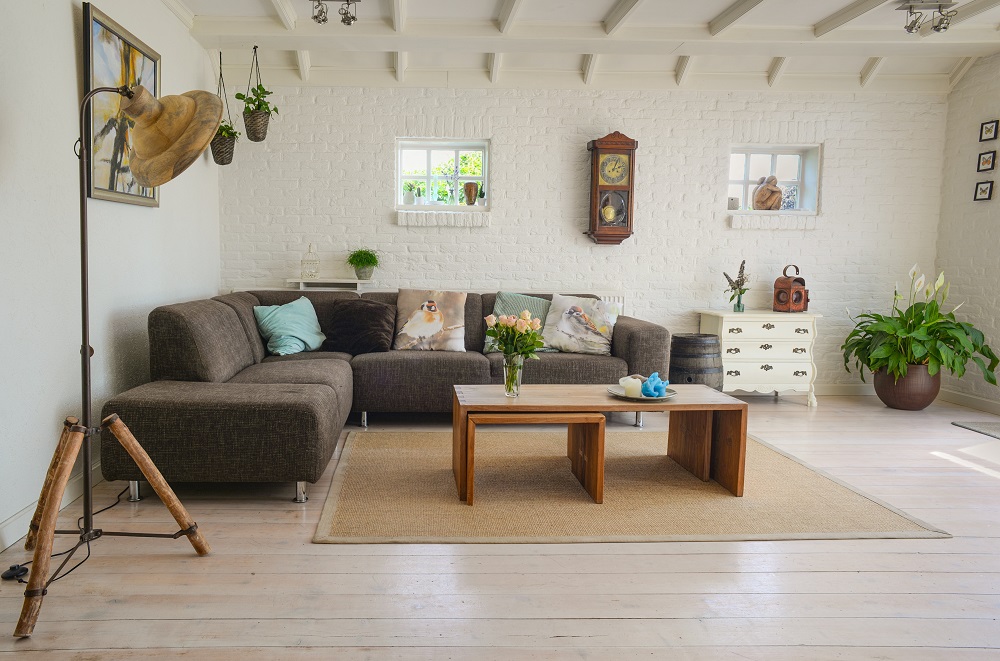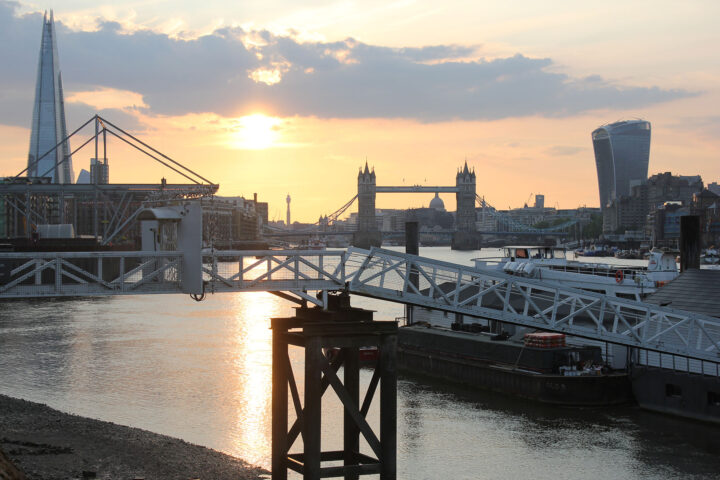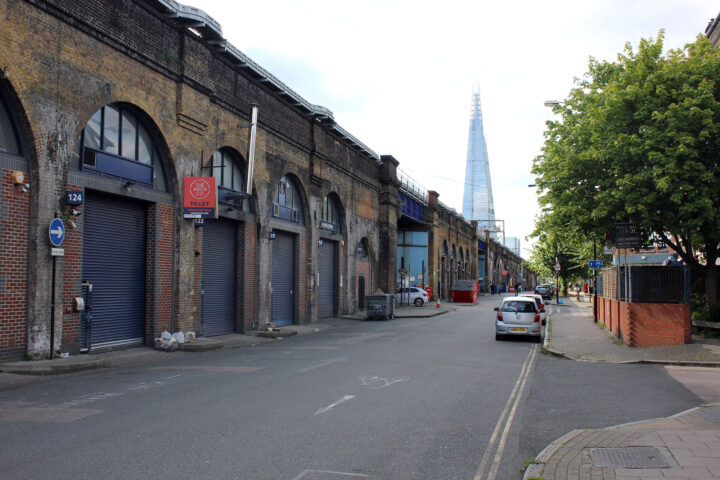Moving to London can be so overwhelming. It’s a huge place and there are so many different neighbourhoods.
Whether you’re a student or moving to London for work, there’s a lot to think about. One of the main things you’ll be thinking about is where to live. There are so many listacles on where the best places to live in London are.
If you do a quick Google search there are thousands of results. Whilst I’m not suggesting you discount them completely, there are certain things you would need to consider before moving somewhere. Just because an area was featured as one of the best places to live in London by the Times, it doesn’t mean it’ll be the best place for you. You might value a short commute and a picturesque south west London pad might take hours to commute to the office from. Similarly, you might value living somewhere relaxed and leafy, and find inner-city east London a bit too overwhelming.
Here are my 5 tips on finding the perfect flat or houseshare in London

1. Are you looking to rent a room or a whole flat?
Firstly, you have to decide whether you are looking for a room in a house that is already occupied with other tenants, or whether you want to rent a flat with friends or a partner.
If you’re looking for just a room, try Spareroom.co.uk or OpenRent. These websites will offer rooms in houses and flats with existing tenants. You can search for rooms using parameters such as location and price, and also house mate preferences such as smoking /non smoking, vegetarian, LGBT friendly etc. There are options to rent a whole property and buddy up with other prospective tenants listed on the site.
If you are renting a room you would usually be on an assured shorthold agreement which means you would just be responsible for paying rent for your room. You’d have to honour your contract and whatever time frame is stated in it, but you wouldn’t be responsible for finding replacement tenants or paying overall rent for the whole house.
If you’re looking for a whole flat, try Rightmove or Zoopla.
2. Set your parameters
How much can you afford to spend on rent and transport? Do you have a lot of belongings and therefore need lots of storage space, or can you make do with a smaller room? Is a double bed non-negotiable? How many people do you want to share with? Do you require a living room or just a bed and somewhere to make a coffee before work?
If you want to share with fewer people, rent a bigger room in a modern house with a living room, you’re going to be paying more. If you rent a smaller room with 4 others in a house without a living room, you will pay less. Which things can you forgo and which can you not live without? Can you manage one bathroom between four people in the mornings, or would you prefer your own en-suite?
3. Location, Location, Location. Choosing where to live in London

Choosing where to live in London is the tricky part. There are so many boroughs and neighbourhoods within those boroughs to choose from. To break the geography of London down:
London Boroughs
There are 32 boroughs. These are local authority districts. These are also split up into inner boroughs and outer boroughs. The 12 inner boroughs are:
Camden, Greenwich, Hackney, Hammersmith and Fulham, Islington, Kensington and Chelsea, Lambeth, Lewisham, Southwark, Tower Hamlets, Wandsworth, Westminster
Inner boroughs are considered inner London. They are more densely populated and cover a smaller area.
The outer boroughs are:
Barking and Dagenham, Barnet, Bexley, Brent, Bromley, Croydon, Ealing, Enfield, Haringey, Harrow, Havering, Hillingdon, Hounslow, Kingston upon Thames, Merton, Newham, Redbridge, Richmond upon Thames, Sutton, Waltham Forest
Outer boroughs cover a larger area and are more sparsely populated.
Living in inner boroughs is generally more expensive, but on the plus side, you may find it easier to get to work if you work centrally as busses will be quicker and the underground network most serves inner London. Outer London is more residential and I find more families choose to live in outer London as housing is cheaper and larger. Commuters in many outer boroughs would have to rely on busses and local train / tram services to get around London as the underground does not extend to some places.
London Zones
London is divided into 9 zones. Zone 1 forms the centre of London, Zone 2 forms a ring around Zone 1 and so on. Zones are used to calculate travel fares. This means, even if you live further out in Zone 3 or 4 for cheaper housing, you could end up paying the same price overall as transport will be more expensive. Keep this in mind. Bus fares are less expensive than the Underground and are not confined to Zones. It is just one flat fee per journey and the hopper fare means if you use two busses in an hour you will pay just the once. If you lived centrally enough you could negate travel fees altogether by walking or cycling.

London Underground
The London Underground is like a network of underground trains. It’s made up of 11 lines which run a particular route. If you’re looking for a place to live and you’re planning on travelling to work by the Tube, it would be worth choosing an area that offers an easy route to work on the Underground. You wouldn’t want to be travelling the whole length of an Underground line in the morning!
Recommended areas to live in London
I was slightly reticent about recommending areas to live as I wanted to give tips without persuading, but these areas have always seemed decent to me, and good value for money. For more information on different areas, you can always find London Area Guides on MoveBubble and Timeout. I think these places are reasonably priced, so they’re good shouts if you’re wondering where to find a cheap flat or room to rent in London.
Rotherhithe
Located in Southwark, South East London, Rotherhithe is a little hidden gem. It’s by the river and offers some warehouse conversion type accommodation. It’s also by Southwark Park and there’s a huge shopping centre nearby at Surrey Quays. Bermondsey is the next neighbourhood along and has the beer mile, independent cafes and an antiques market. Rotherhithe has a few decent riverside pubs and you can get the Overground to trendy Shoreditch from Rotherhithe and the Jubilee line to London Bridge and Waterloo from Canada Water. To get a little feel for Rotherhithe, check out my post where I have photographed a few attractions in Rotherhithe.
Walthamstow
Located in Waltham Forest, Walthamstow is an up and coming area. It’s got the Victoria line which always seems to me to be one of the fastest, and also an Overground station. I see lots of Victorian housing available and it’s good value for money.

Bethnal Green
Close to trendy Shoreditch, and if you work in the City you can basically walk to work which is a great way to start the day! Columbia Road Flower Market is located in Bethnal Green and you can basically enjoy Shoreditch without the hefty price tag! Bethnal Green is in Tower Hamlets in Zone 2, so if you did want to travel further afield, it is not so expensive to do so.
4. View the property, make sure the landlord is legitimate & find out about the other tenants
So you’ve searched using your preferred parameters, and picked a room in an area you think is convenient and like. The next thing to do is view the property. Never transfer money after only having seen videos. When you view the property, make sure you have a good chat to the other tenants to find out more about the set-up of the house. Is it a social house? Do they all set off for work at the same time, meaning there could be a queue for the shower? Most importantly, can you see yourself living with them?
Also check for things like mould or evidence of a pest problem – these things are so common in London.
Trying to find and secure a room can be time consuming but make sure you’re happy with everything before going ahead. Usually, there is a lot of competition so state your interest as soon as possible but make sure you have other viewings if things don’t go your way.
If you are chosen to take the room, you will usually have to pay some sort of holding deposit. Make sure you get a receipt for this, and also make sure your deposit is protected in a protection scheme, and ask for evidence! Carefully read through any contracts you receive.

5. Get to know your housemates
If you’re new to London, your housemates might be the first few people you really get to know. They could also be in the same boat as you, so why not organise something together? You could form strong bonds, and the Uber will be cheaper after a night out.
I also have tips on How to Make Friends in London and a more generic Guide to Living in London which you may find helpful!
Do you have any tips on how to find a room in London?



